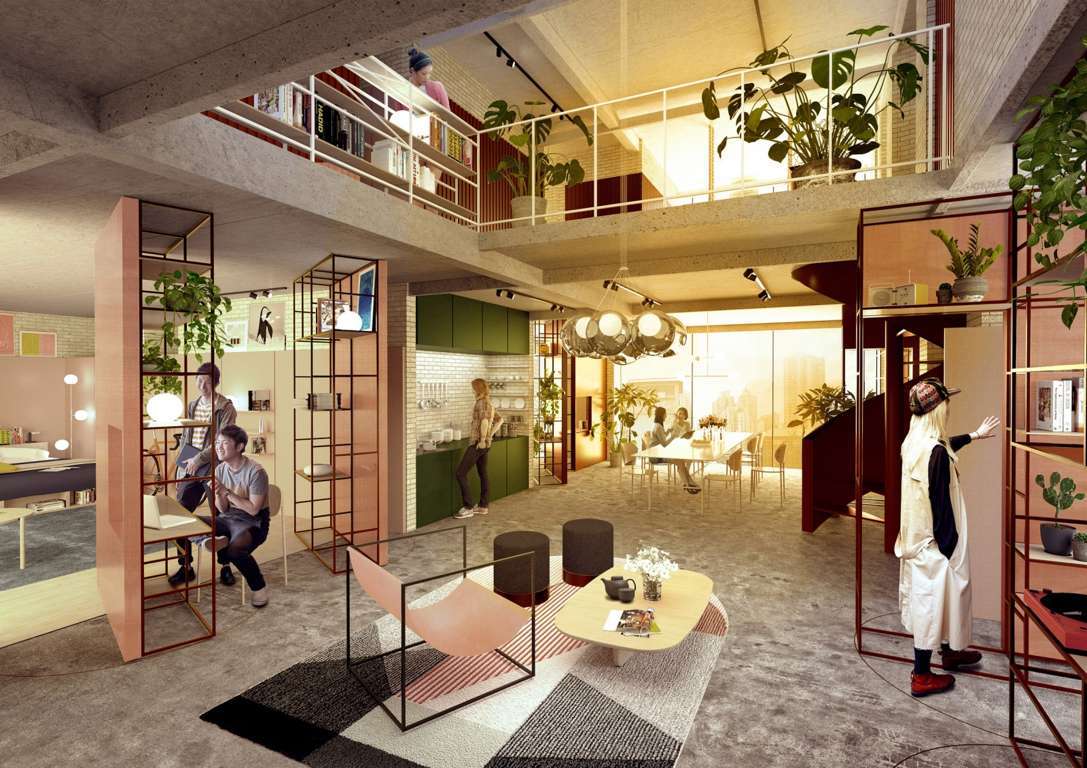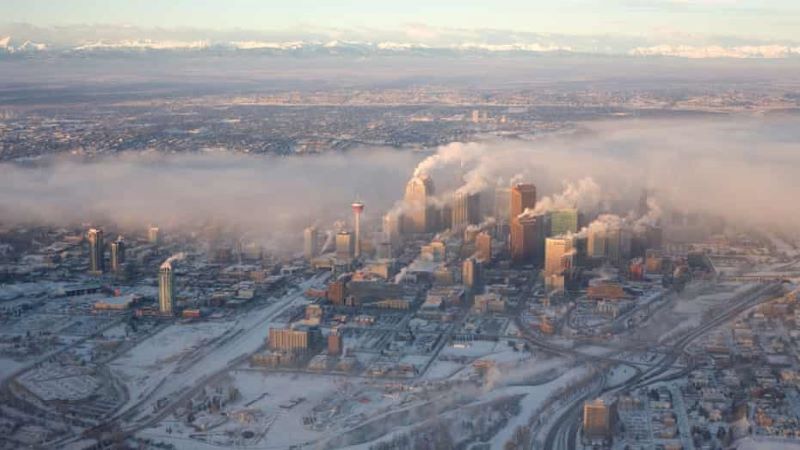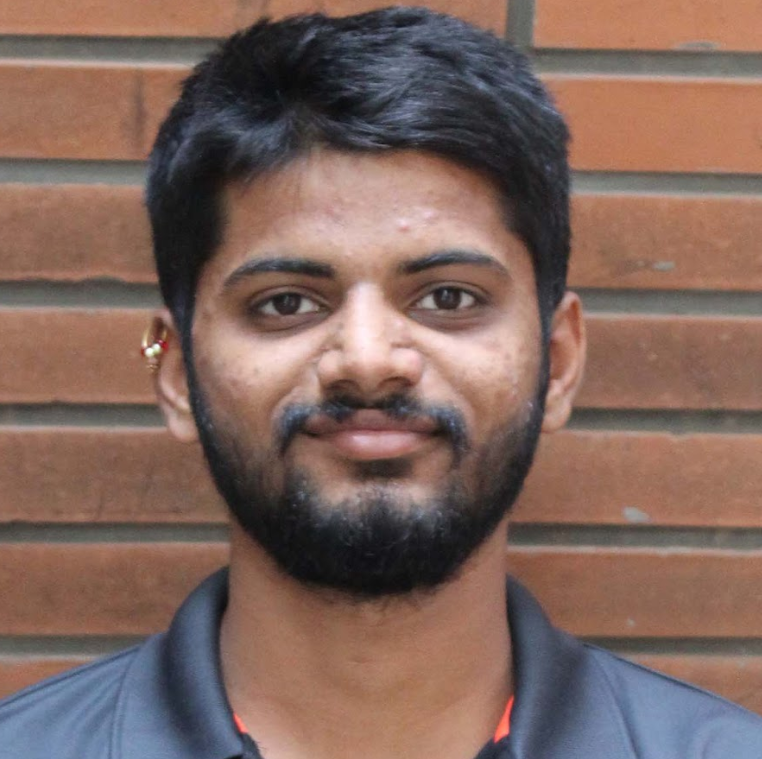TACKLING ISSUES OF PERI-URBANISATION: A SMART REGION APPROACH
Co-Authored by Vibhu Singh
INTRODUCTION
Cities
are the main centers of urbanization and economy generation but with rapid
population growth, the lifestyle at urban centres is deteriorating. The urban
dwellers relocate due to economic factors, land speculation or over congested
city centres which leads them to settle in peri-urban areas. Change in land
use, occupation pattern, reducing farm activities and growth of built
structures, inadequate planning and governance in peri-urban areas can cause
various problems
Smart city initiative integrates information
technology and infrastructure to make better lifestyle in the urban area. It
aims to bring environmental and social sustainability for the people of the
city. These initiatives are concentrated and doesn’t take into account
any areas outside the city which may or may not be a source of problems within
the city. This is a major drawback which can be tackled by accounting for a
bigger area for development through smart solutions.
Smart Region is about how institutions, people and
technology work together to create an interpersonal space where people and
region connect. It blends community and technology with social good to curb the
issues of that region. The smart formula is not necessarily to imply technology
but innovation and innovative ideas
PUNE DISTRICT, MAHARASHTRA
Pune is a district in the state of Maharashtra,
India. The district's population was 9,429,408 and the area is 15,642 sq. km.
The population density is 600persons/sq. km. Out of the total population, 77%
is concentrated in the core. The total area of the PMR is 7,257 sq. km. of
which only 25% is occupied by the core
Figure 1: Regional Setting
of Pune, Maharashtra
In the Pune District, there are two municipalities
which are Pune Municipal Corporation (PMC) and Pimpri Chinchwad Municipal
Corporation (PCMC). The PMC covers an area of 331.26 sq. km. and has a
population of 3.4 Million. The PCMC includes the industrialized towns of
Chinchwad, Akurdi, Pimpri and Bhosari, these areas were part of extended city
limits
Some of the main areas of Pune include, CBD area of
Pune comprises areas such as Koregaon Park, Kalyaninagar, other retail office
zones situated in Aundh, Balewadi, Pashan, etc. which are major attractions for
employment i.e., people from residential areas travel to these areas on a daily
basis
Magarpatta is a 450 acre, privately owned gated
community in the Hadapsar area of Pune, India. It is one of the premium
societies which has a commercial area, residential area, hospital with several
specializations, shopping malls, restaurants, a gym, Aditi Garden (a 25-acre
park) and schools. In total, 30% of the area is made up of green space.
PUNE SMART CITY
Pune is one of the first 20 cities selected for the
smart city mission, launched on June 25, 2015. There were two broad initiatives
i.e., PAN city approach and ABD (Area Based Development) implemented in Pune.
PAN city initiative focused on the mobility aspect of Pune i.e., lack of public
transportation, along with the sudden increase in the private vehicle over the
last decade and also dilapidated pedestrian and bicycle infrastructure. Further
it aimed to fill infrastructure gaps such as metro, ring roads, and BRT
systems.
For ABD, Pune aims to create a model neighbourhood
of liveability and sustainability matching global standards in the selected
local area (Aundh-Baner-Balewadi – ABB) by fully deploying all 24 smart city
features keeping in mind the need of the future population
Figure 2: Area Based Development Region in Pune, Maharashtra
Figure 3:
Smart City Initiatives in Pune
ANALYSIS OF DEMOGRAPHIC GROWTH TREND AND LULC
The population of Pune city is about 3.1 million as
per census 2011. The city population has increased six times in last 60 years,
due to enhanced economic activities, more job opportunities which has increased
the immigration in the area. The city experienced rapid growth due to
industrialization of the PMC/PCPM after 1960. Also, growth of IT and education
attracted people to Pune.
Figure 4: Graph for Demographic growth
rate of population of Pune MUNICIPAL Corporation from 1951 to 2011
Analysis of spatio temporal change is an important process to assess the locations where the major growth of populations settled in. the spatial distribution of built up can be studied to analyse the growth trend and urban sprawl of the area.
Figure 5:Land use Land cover (LULC)
analysis for PMC and PMR for the year 2007,2011,2015 and 2019
From the Landuse Landcover (LULC) analysis it is
observed that in 2007 the built up was only concentrated in the southern part
of PMC. In 2011 there are some settlements coming up along the major roads
extending outwards, from PMC. In 2015 there are urban agglomerations at the
northern part of PMR just outside the boundary of PMC. In 2019, sudden increase
in built up along the roads extending outwards from PMC and in the southern
part of PMR, at the core of the Pune city there is high density development or
vertical growth.
EXISTING ISSUES
Pune
are experiencing unprecedented population growth that includes massive
migration. Pune being an educational hub, IT and industrial hub attracts
students as well as working population.
The city of Pune is identified for its educational institutes, industrial sector and IT sector which acts as an attracting factor for people in India and other parts of the world. One of the first IT incubators were the Mahratta Chamber of Commerce, Industries and Agriculture (MCCIA). In the years since, a large fraction of India’s IT revenue is generated from the Pune region.
Figure
6:Location of Industries, IT Hubs and Educational
centers
From
the Figure 6
it observed that majority of the industrial area lies outside Pune Municipal
corporation and it is one of the driving factors for growth of Pune. Also, the
saturation level in the city has resulted in high land prices and lack of large
open spaces. Transportation and traffic
congestion are major challenges in Pune. The private vehicles have increased
and thus the traffic on road, there is lack of parking space, inefficient and
limited public transport system etc.
CONCLUSION
The population increase in the city, the settlement pattern over the peri urban area and the congested city centers need proper planning and management through policies and programmes for development. The haphazard development in peri urban areas can lead to poor road connectivity, poor sanitation and lack of public amenities. Hence there is a need for smart solutions for these problems. The Smart City comprised of many remarkable initiatives but it was all planned at a small scale. A city is affected not only by the things inside it but also by its surrounding area that is urban agglomerations. Pune’s urban agglomeration includes the neighboring Pimpri Chinchwad and the city’s fringe area which are the municipal limits which has increased over the years. The area considered for the planning should include Industrial area coming up, IT hub and the educational institutes because that area will attract population and will need planning interventions. Thus, small scale area-based development and pan city approach doesn’t solve all the problems faced by the city hence there is a need of smart region.
Figure 7:
Smart Region initiatives
The concept of Smart region includes the integration
of community and technology. Smart Region is a place where cities communicate
with their citizens, the people talk to government, organizations connect with
other groups, and cities talk to each other - all in real time
References
2. Aijaz, R. (2019). India’s
peri-urban regions: The need for policy and the challenges of governance.
3.
Vinita Yadav, S. H. (2018). We need 'Smart Regions', not just cities with
facelifts. Times of India.
4. (2015). Smart Cities:
Mission Statement and Guidelines. MOUD (GOI).
5. Igniting a Smart Region
Movement. (2018). Greater Washington, Board of Trade.
6. Starner, R. (2018). From
the Greater Phoenix: The Connected Place.
7. (2011). Census of India.
GOI.
8. (2012). City Development
Plan. Pune.
9. Iyer, S. (2018). Pune a
multi-industry hub now, people here don’t lack entrep .. Times of India.
10. Gour, V.
(2016). What makes Pune an Industrial powerhouse?
11. Pune
smart city annual report. (2017). Pune smart city development corporation.
12. Nitin N.
Mundhe, R. G. (2014). Impact of urbanization on land use/land covers change
using Geo-spatial techniques .
13. Pune
Municipal corporation. (n.d.). Retrieved from pmc.gov.in
14. Rashmi
Krishnamurthy, R. M. (2016). City profile: Pune, India.
15. Wang, H. F. (2011).
Benefit-cost analysis with local residents stated preference information: a
study of non-motorised transport investment in Pune, India. Journal of
Benefit-cost Analysis
16. Oldřich
Kodym, J. U. (2018). Smart Life in Smart Region
17. The Smart Region. (n.d.). Retrieved
from https://www.azidp.com/the-smart-region/
18. Lakshmi N. Kantakumar, S. K.
(2015). Spatio Temporal Urban Expansion in Pune metropolis, India using remote
sensing.
19. Corporation, P. M. (n.d.).
Comprehensive Mobility Plan, Pune.
Related Articles

Co-living becoming the next biggest wave in the real estate sector

Indian village – The Unknown Strengths

Virtual Reality in Urban Planning

ENVIRONMENT FRIENDLY SOLUTIONS FOR E-WASTE MANAGEMENT



